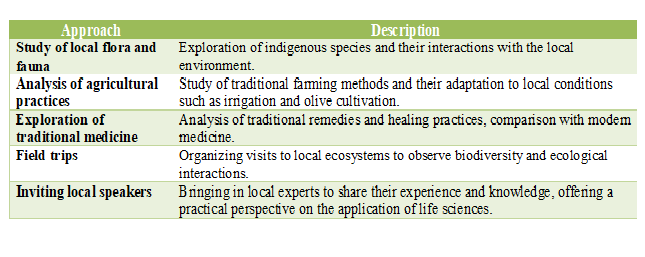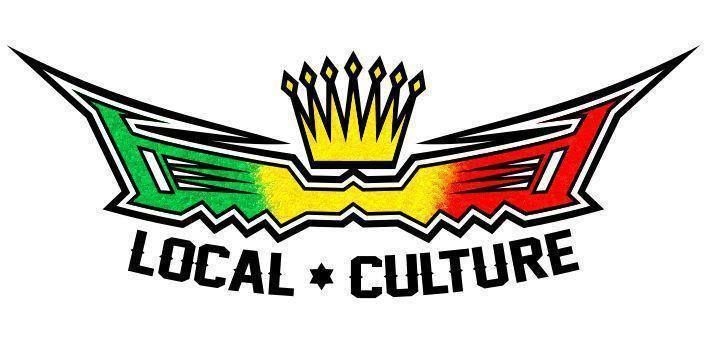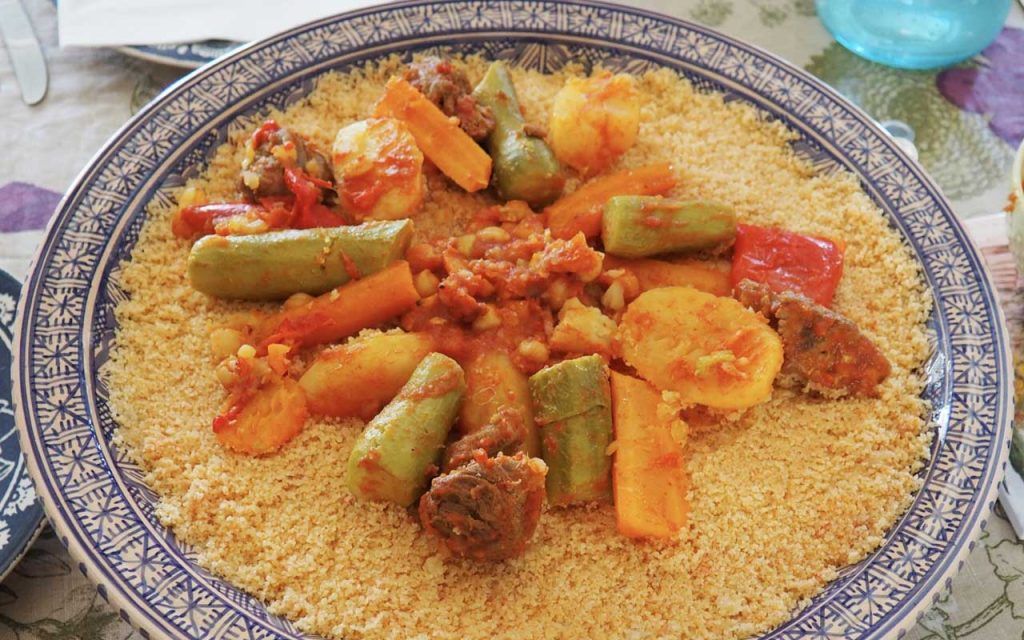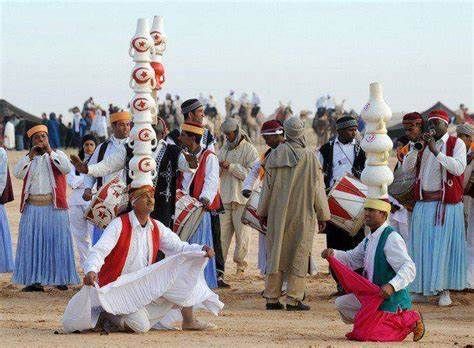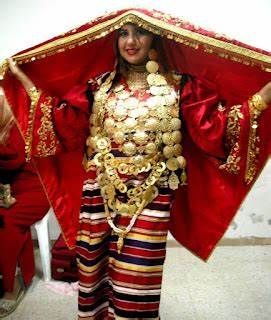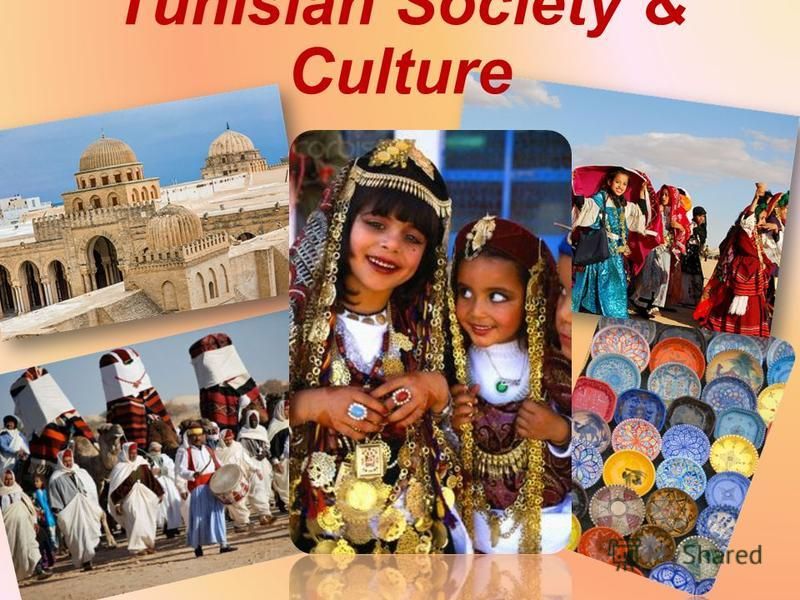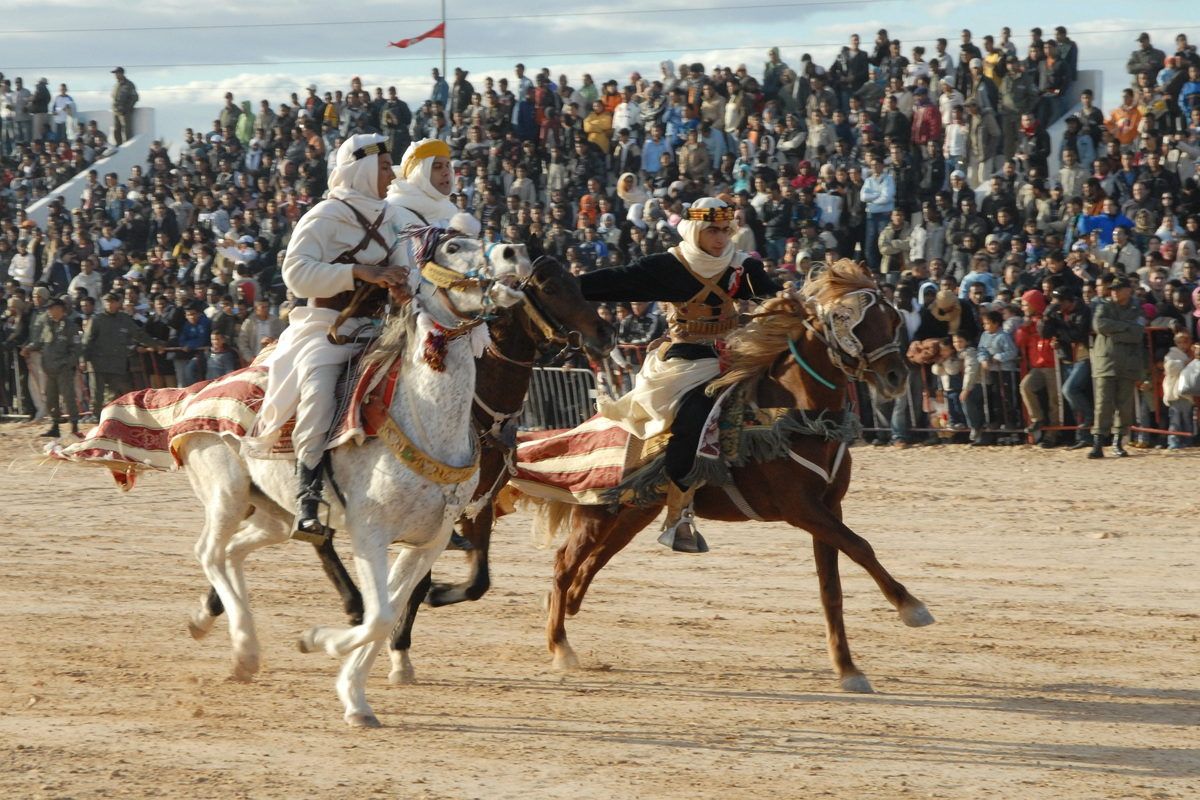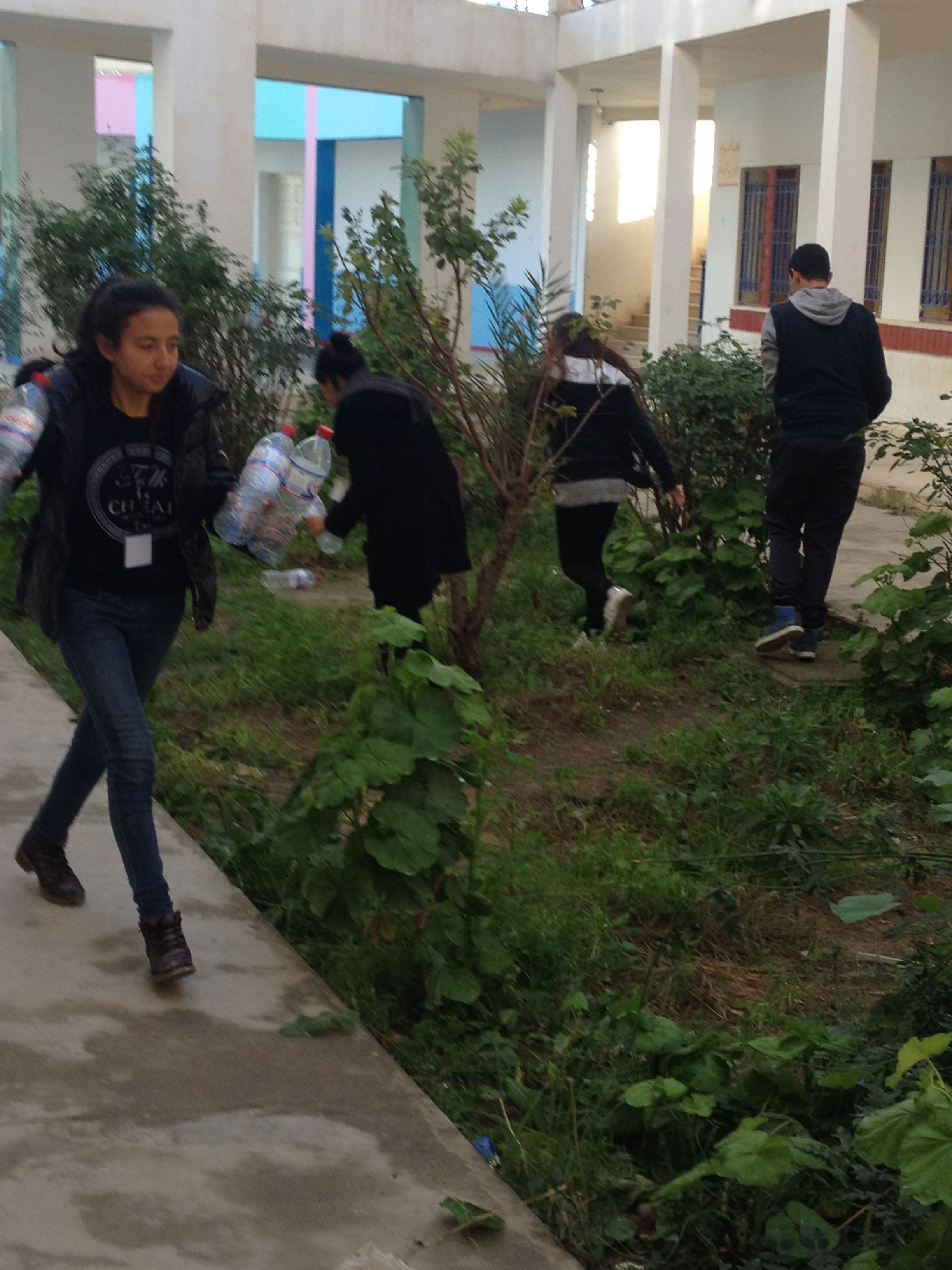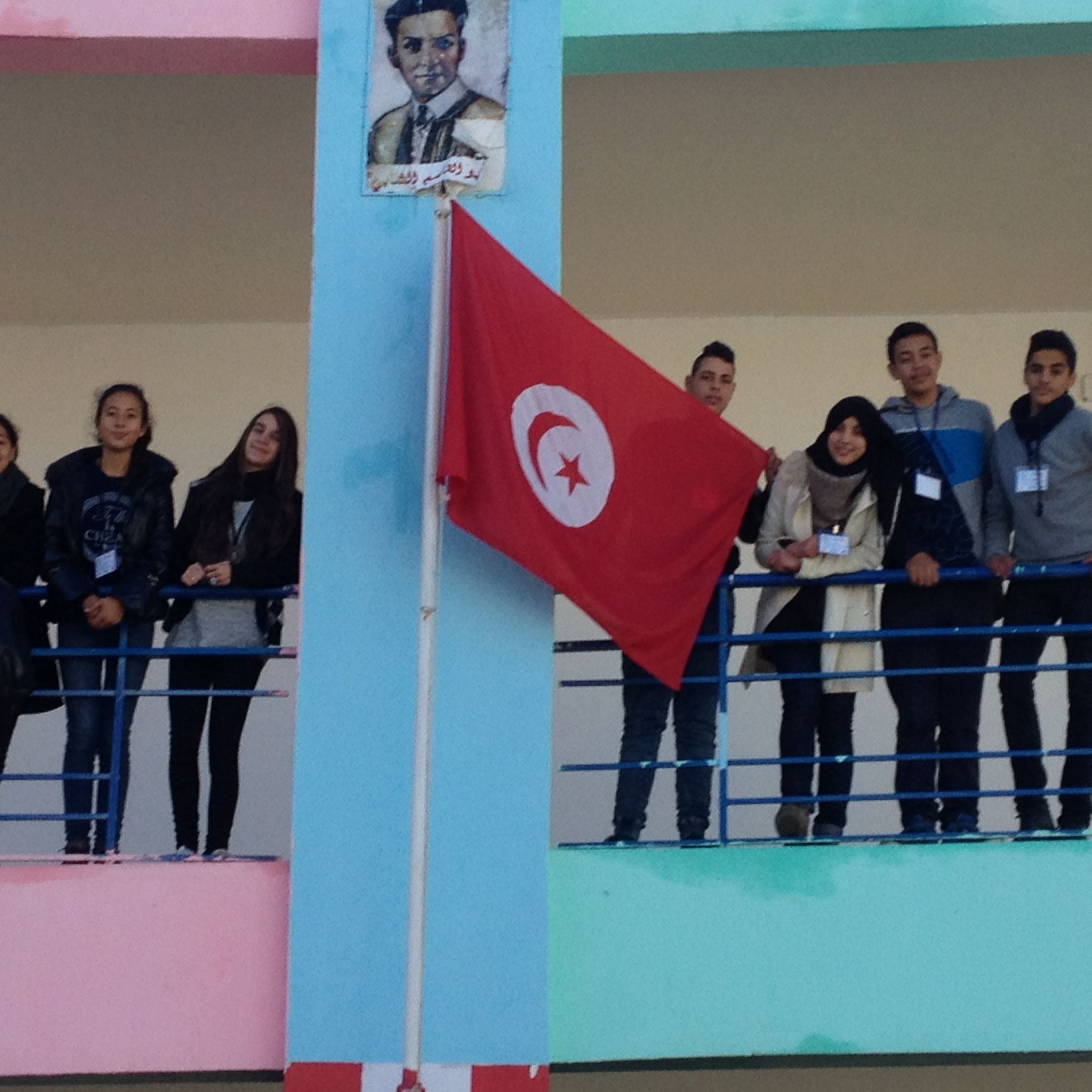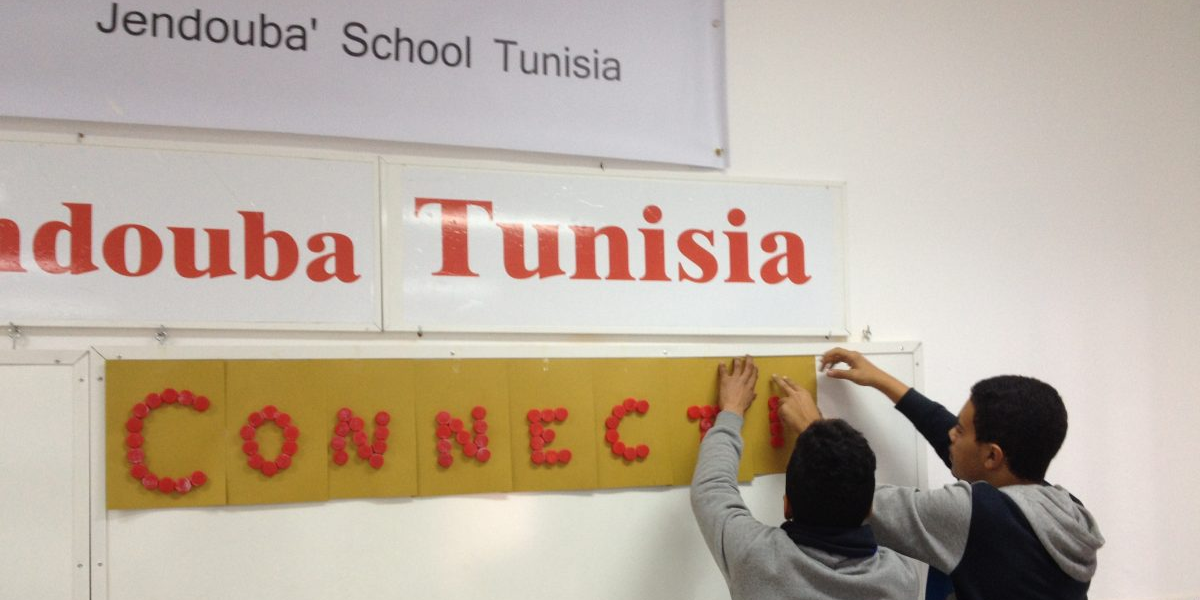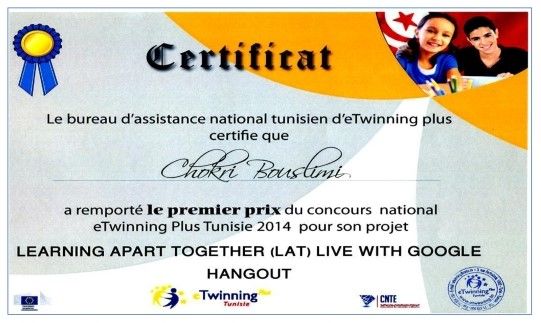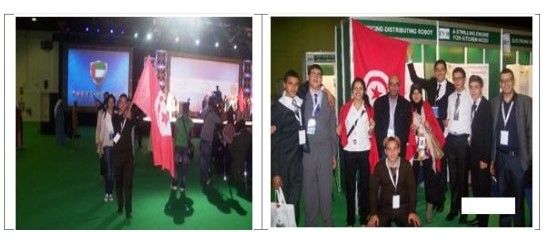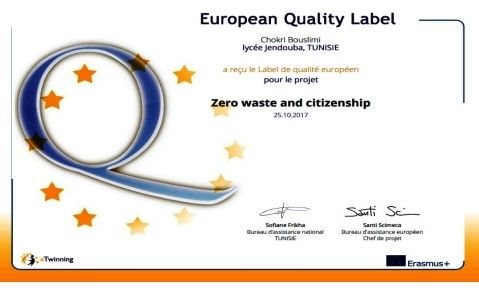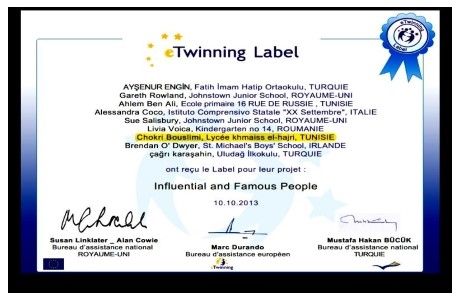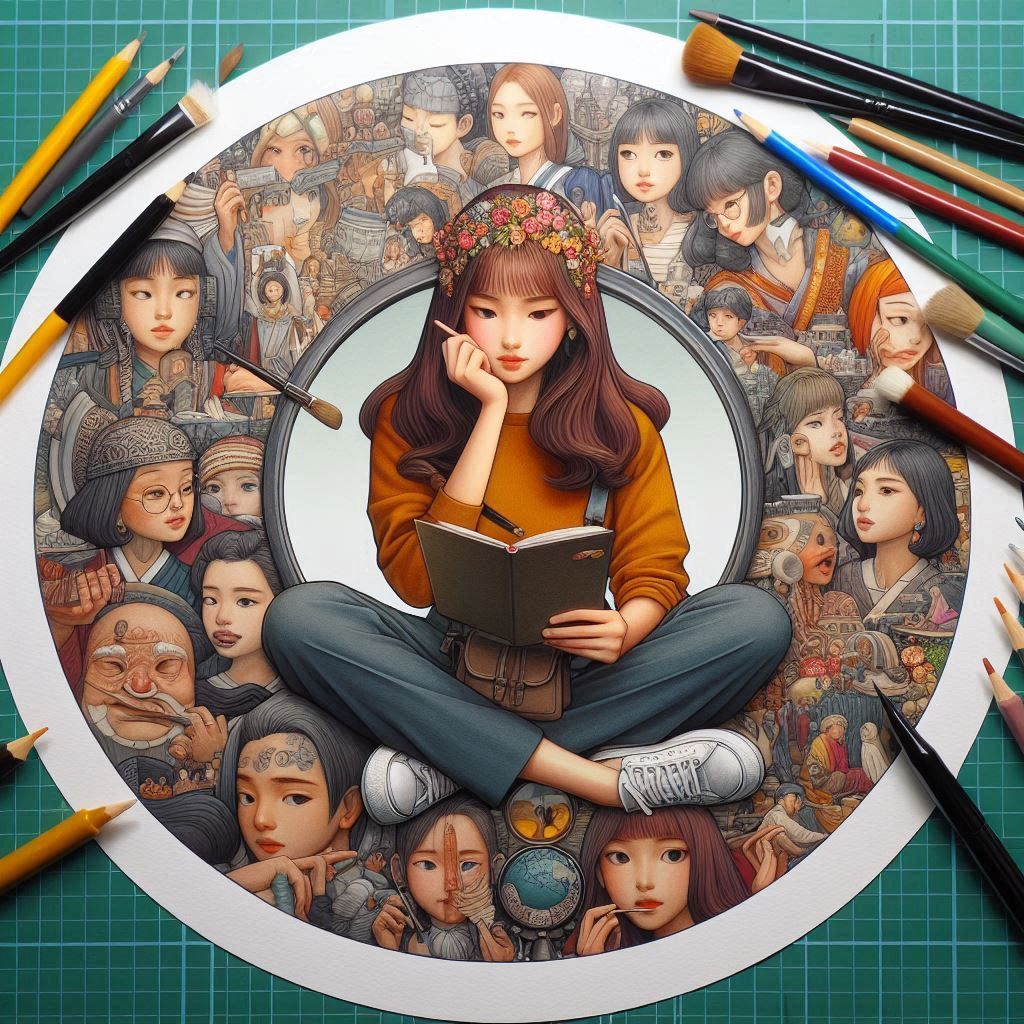Do you want to make the most of your local cultures in the classroom and are looking for ways to implement it?
Incorporating local cultural heritage
in education can reconnect schools
with their communities.
As a benefit, it can foster respect and appreciation for cultural diversity and strengthen a sense of belonging and social cohesion.
UNESCO Bangkok has released an bunch of educational resources and materials which can help teachers to make learning more relevant and engaging for students and raise awareness about the importance of safeguarding living heritage.
 Here's an online course on how to bring #LivingHeritage to the classroom
Here's an online course on how to bring #LivingHeritage to the classroom
 Here's the resource kit
Here's the resource kit
 Here's the video series for you and your students
Here's the video series for you and your students
What activities or teaching tips can you advise to integrate the students to their community?

